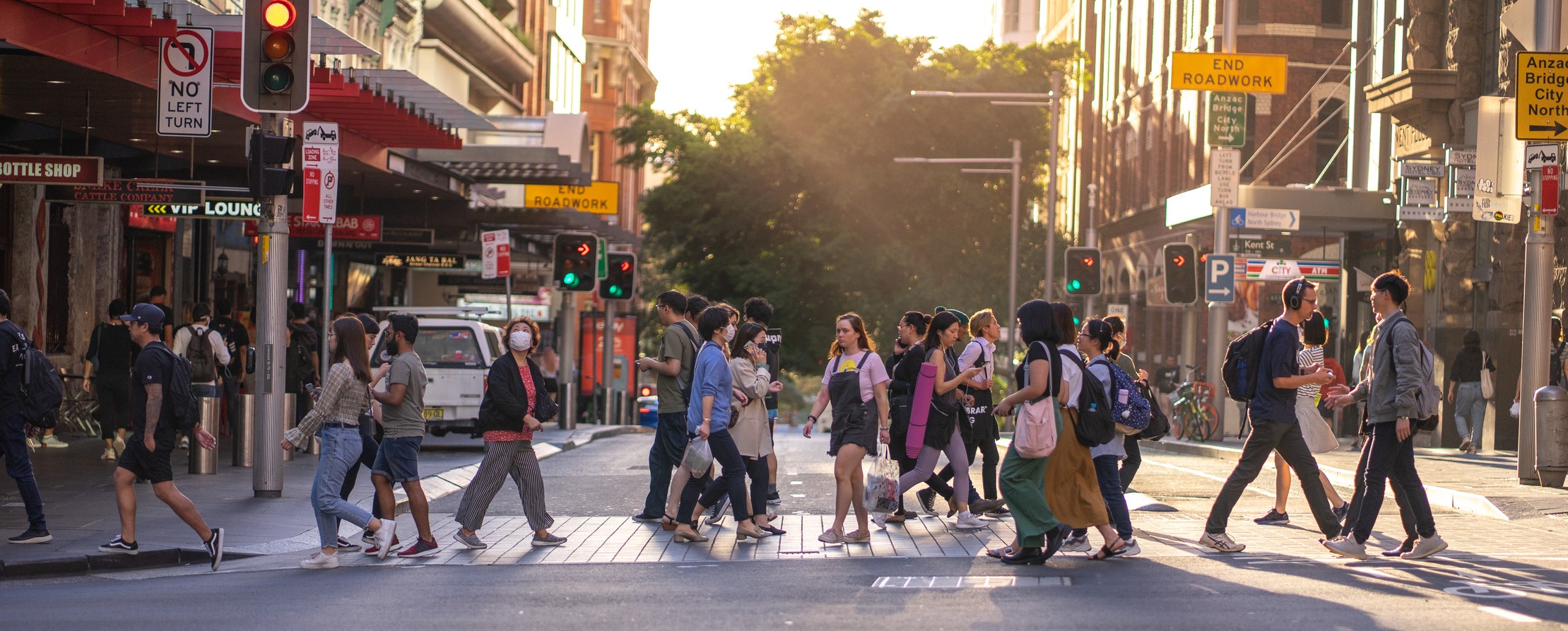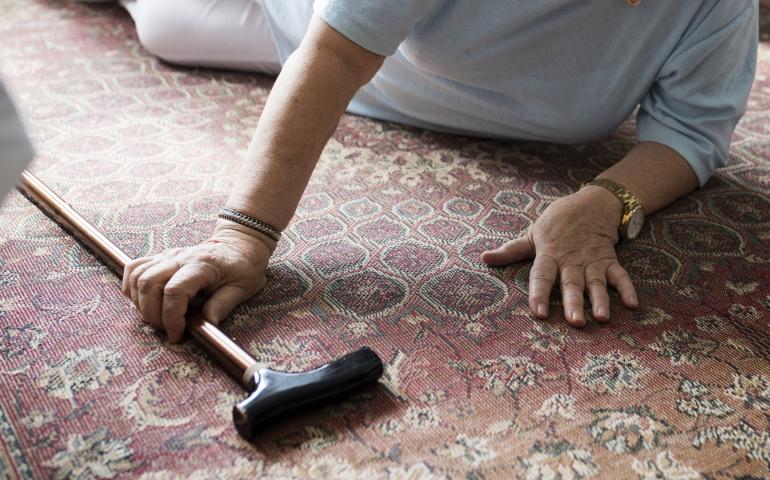Parks, Trees and Gardens: the importance of green spaces to older people’s health and wellbeing
Parks and outdoor environments across the world have seen a recent increase in use. However, not everyone has the opportunity to enjoy the benefits of parks and other public green spaces. A recent publication has explored the inequities around access to green spaces for certain groups, including older people.
The COVID-19 Pandemic has amplified the importance of public outdoor spaces. With travel and social restrictions put in to place to curb the spread of the virus, many people have turned to green spaces for leisure, exercise and recreational activities. Greater exposure to such natural environments has shown to be associated with better health and wellbeing outcomes, including benefits for mental and physical health through participation in physical and social activities.
For some segments of the community, however, participation in activities in large green spaces can be difficult due to the lack of such places in the neighbourhood, poor walkability, poor amenities, and insufficient transport links. Vulnerable populations, such as older people, those with low socioeconomic status or those who live in low socioeconomic areas are particularly disadvantaged, as they tend to have less green space in their neighbourhoods. Older people in these lower socioeconomic groups and neighbourhoods have been found to be insufficiently active - leading to higher rates of disease burden compared to wealthier counterparts living in more advantaged neighbourhoods with access to green spaces.
Professor Ester Cerin – Program Lead for the Behaviour, Environment and Cognition Research Program at the Australian Catholic University (ACU), member of the UNSW Ageing Futures Institute and co-author of the publication – says careful planning and design of outdoor environments is required now more than ever.
“COVID-19 has highlighted the current problems of access to green spaces for the most vulnerable in our communities, such as older people. Our population is ageing – by 2050 around one-quarter of Australians will be 65 years and over. It is important that there is adequate investment now to enable accessible and safe outdoor spaces for all ages that encourage participation and engagement.”
“Age-friendly cities and well-designed outdoor environments serve to promote good health and reduce socioeconomic health inequities. These strategies will have long-term societal, health and economic benefits.”
Read the full publication here.






